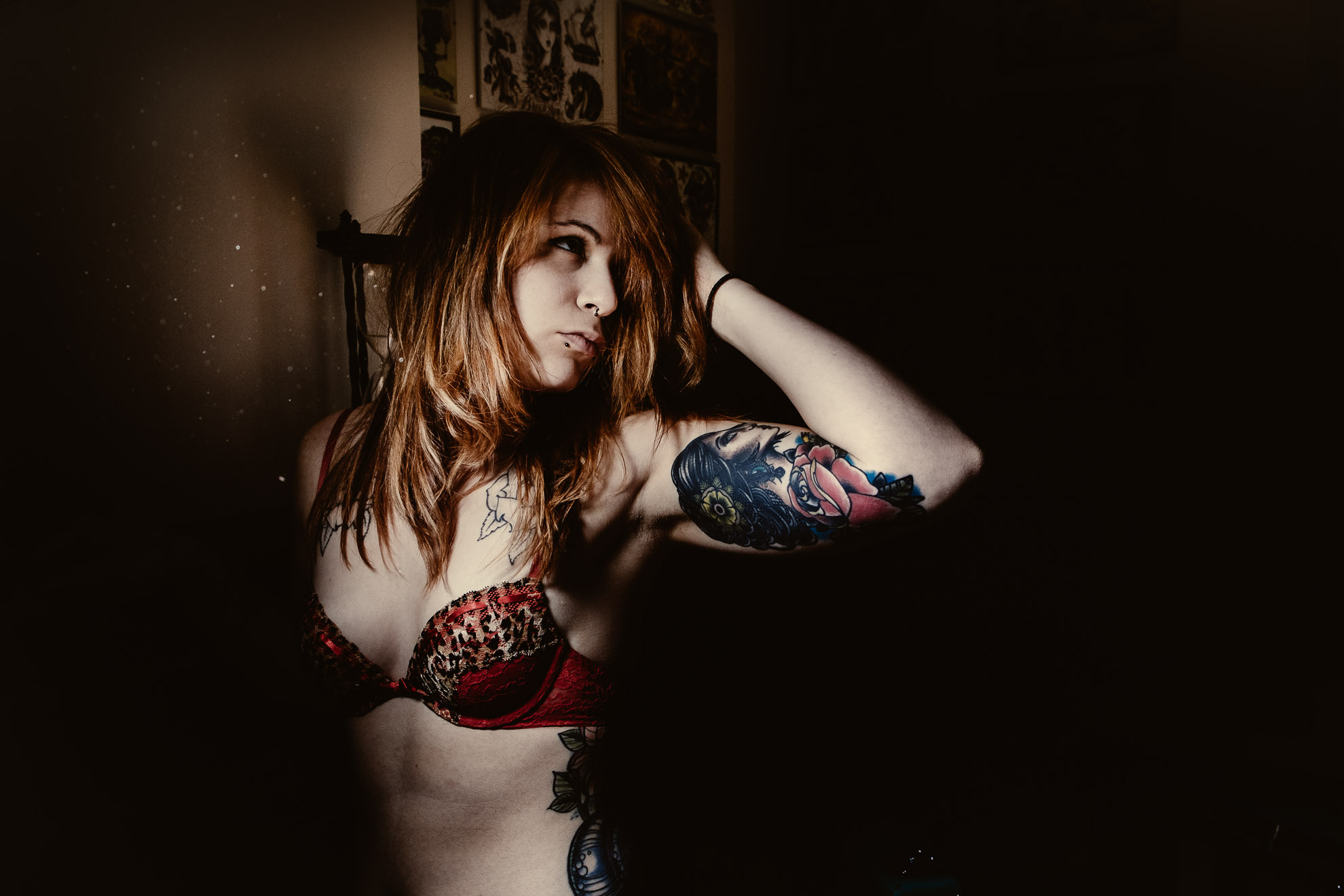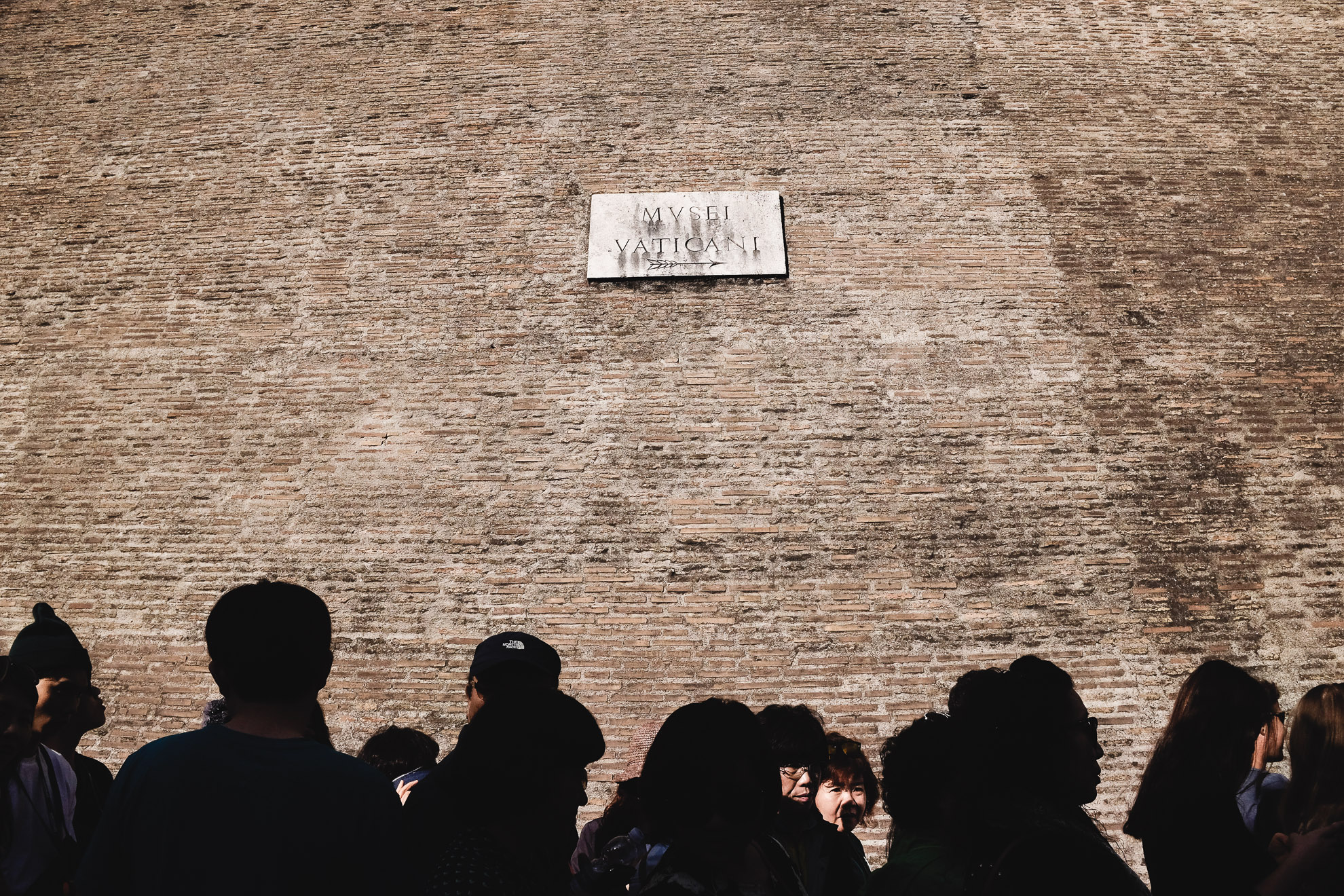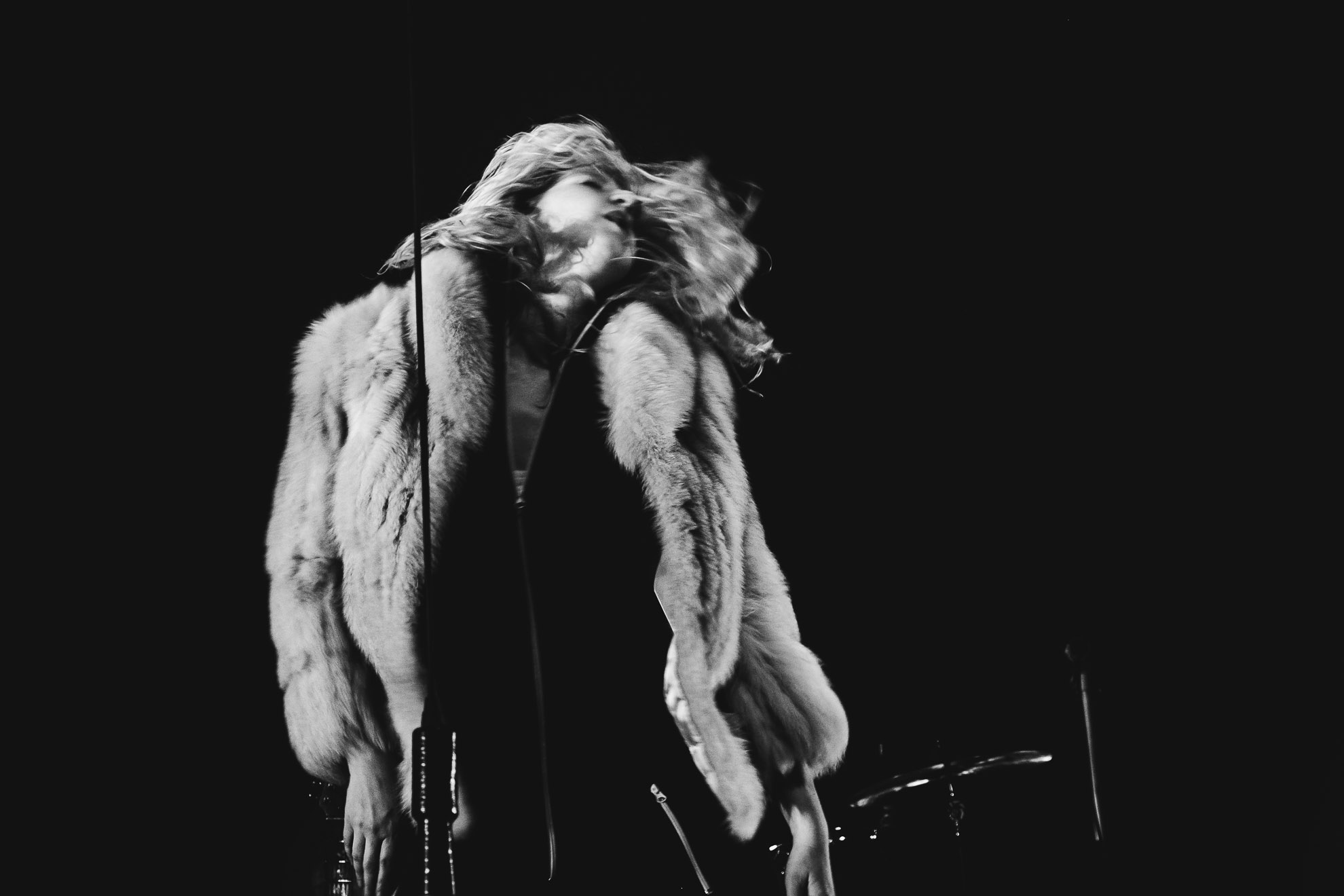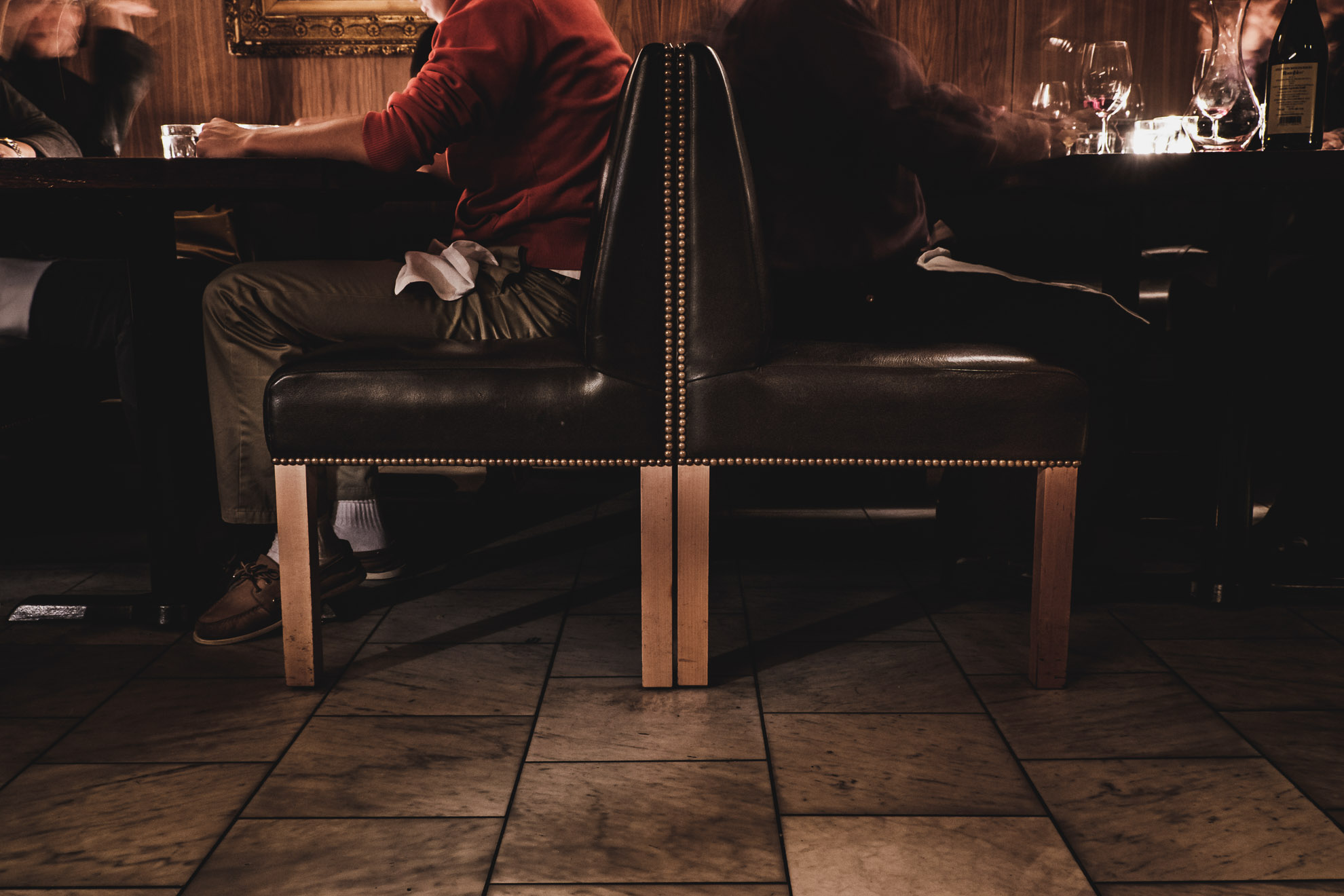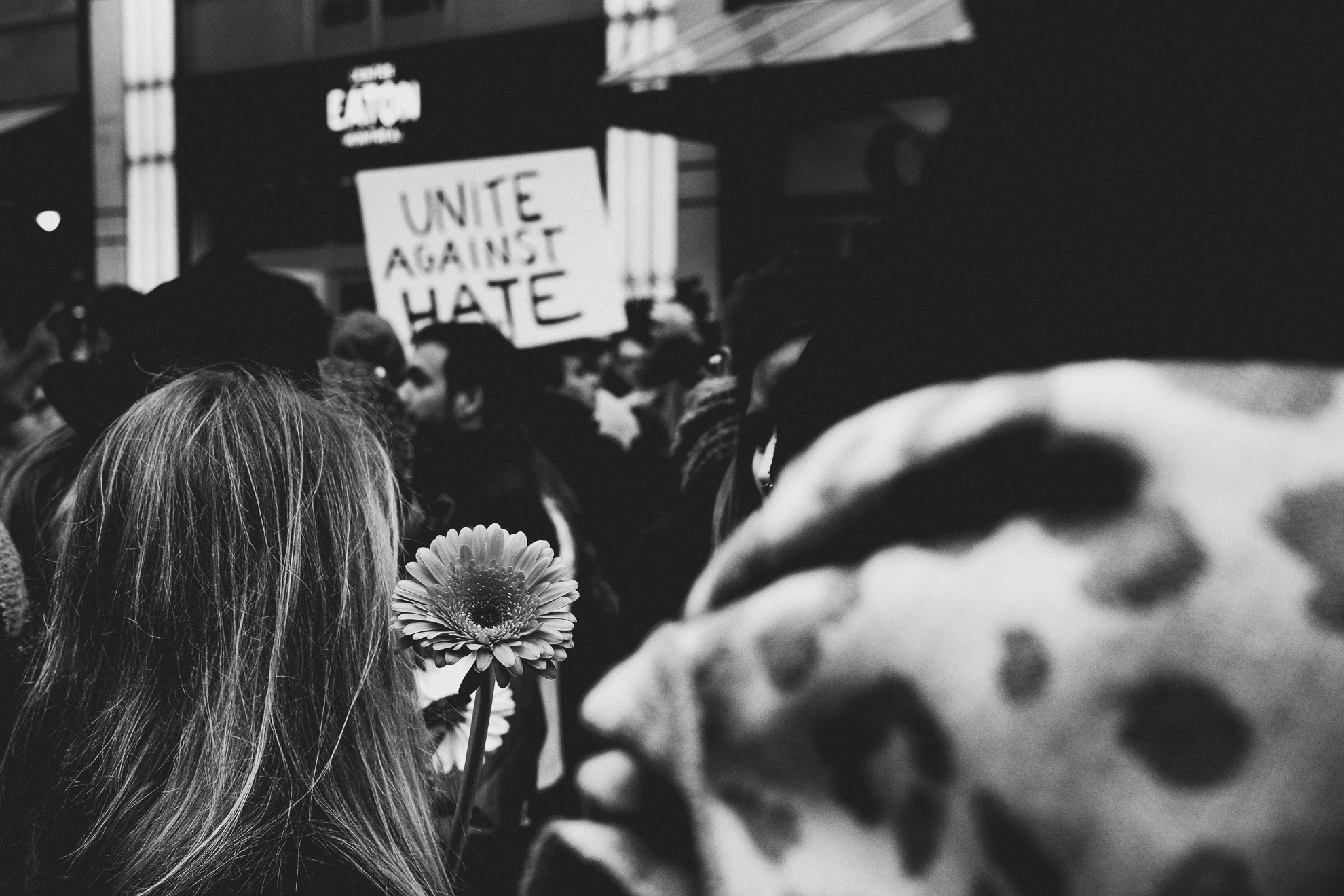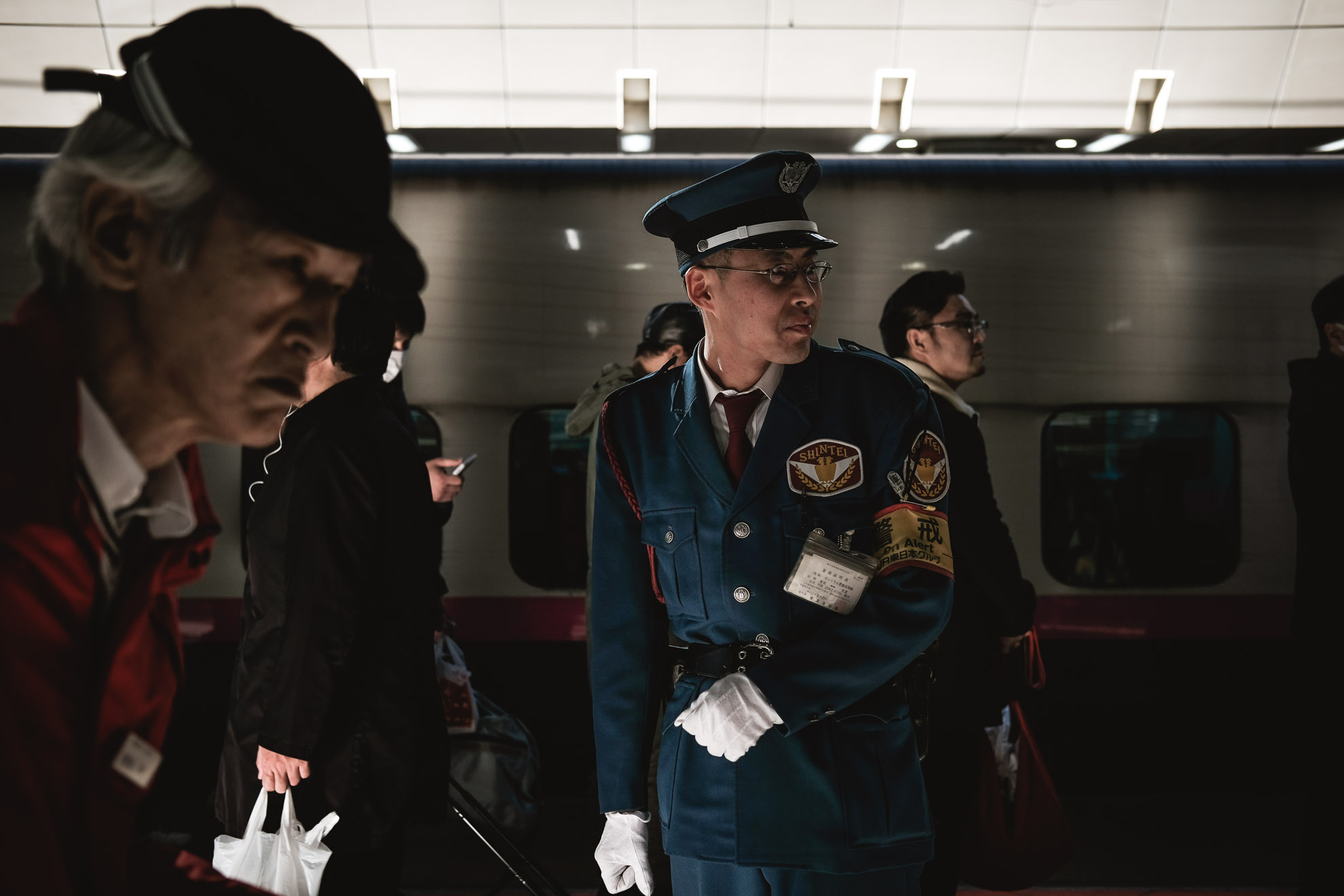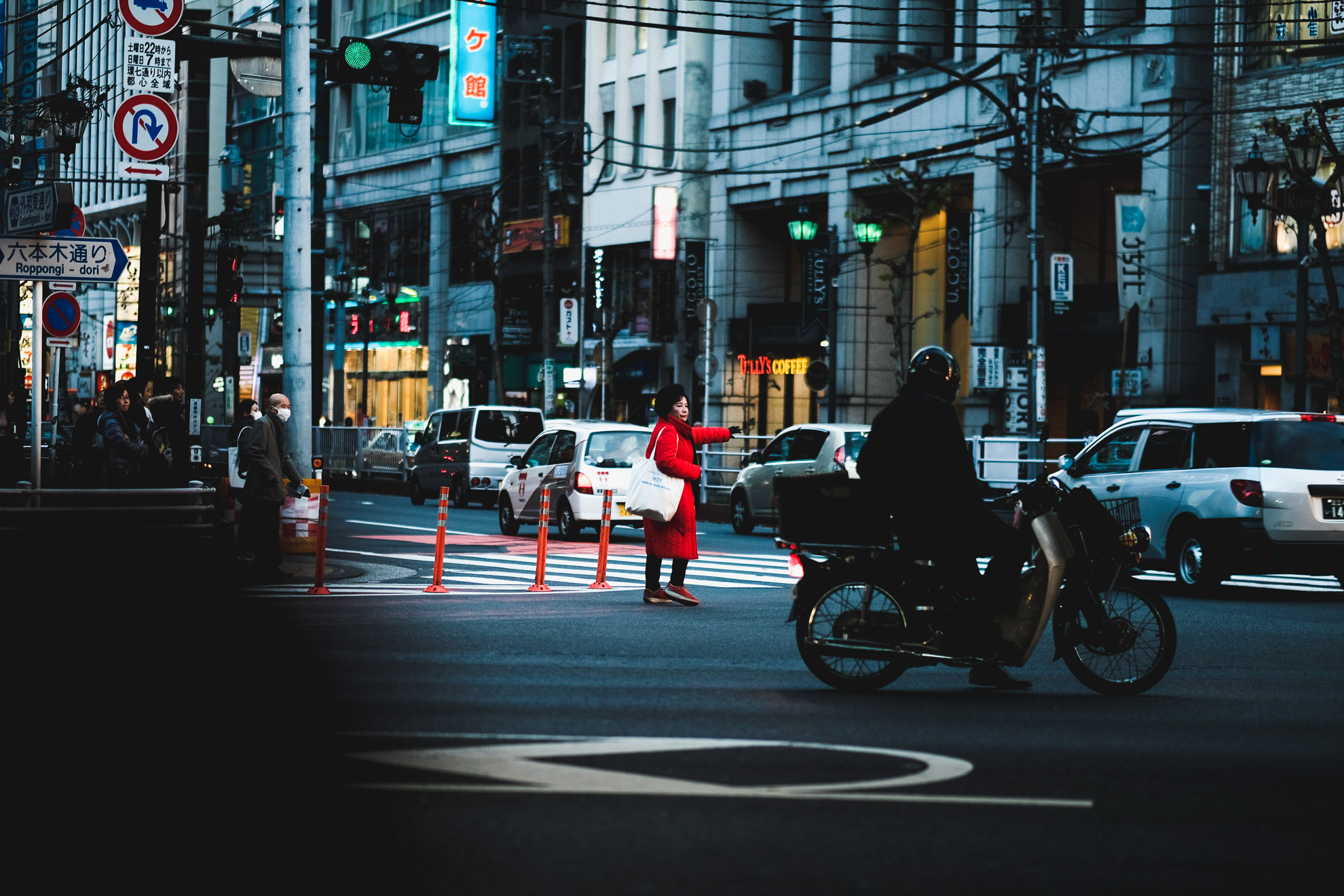
Five Years: From X to X By Patrick La Roque
Patrick La Roque
My name is Patrick La Roque and I’m a freelance photographer based in Montreal, Canada. I shoot people, spaces, street, products; I shoot to expose a narrative, no matter the subject.
I’m a founding member of the KAGE COLLECTIVE, an international group of independent photographers focused on visual essays and documentary projects, and operate a studio specializing in portrait and commercial work.
But at the end of the day, I’m really just a guy looking to tell a story.
I fell—hard. At the time this was little more than a whim, a crush really. The camera had the look, the swagger and the aura from a time when photography felt direct, instinctive and tactile. It conjured up visions of Duffy or Bailey stumbling through a London fog, doe-eyed model in tow, a time when passions ran wild and men were men and…sorry, going slightly overboard here. But if you’re reading this, chances are you know what I mean: this camera was, of course, the Fujifilm X100.
It took everyone by surprise. I remember a community suddenly materializing out of thin air, photographers from all corners of the globe coming together through blogs and social media, to discuss and question and ponder over an endless stream of images. Those of us who had been lucky enough to grab one were fielding questions left and right, trading samples and trying to separate fact from fiction. Some said the camera couldn’t focus. Others dismissed it as nothing more than a hipster toy, a pretty bauble for shooters with too much disposable income, fated to be roadkill on life’s technological highway, sold off for pennies on eBay. Eventually, they said, it would fade out of existence.
Except it didn’t.
A little over a year later I had purchased the newly announced X-Pro1, sold off my Nikon gear and hitched a ride on an X System train barely pulling out of the station. Just three lenses to choose from and a boatload of promises, hopes and wishes. But man…what a ride it turned out to be.
SPIRIT
Standing inside Fujifilm Square in downtown Tokyo, watching the long-awaited XPro2 floating on a giant screen in a room packed full of journalists and photographers, I had to remind myself: NONE of this existed five years ago. Think about that for a second. Today the X Series encompass an entire line of acclaimed lenses, accessories and industry-leading mirrorless cameras; top models incorporate a sensor based on an array inspired by film processes that is unique to the system; an image-processor built entirely from scratch; film simulations that are a direct expression of Fujifilm’s legacy and their desire to translate this to the digital realm. It also features a roster of official XPhotographers from all over the world and a thriving community of passionate users.
This may sound like hyperbole but I became the photographer I am today with the X System. Call it coincidence, fate, whatever, but the X cameras came along at the exact moment in time when my mind was shifting towards new horizons, and now it’s hard to tell where one ended and the other began. Since day one they’ve been there for work, for family, for travel and every project I’ve thrown at them. I’ve seen the good, the bad, the missteps and the course adjustments along the way. I’ve witnessed the explosion of this ecosystem, transformed into what we know today. I learned about Kaizen, a term I’d never heard before, when my old X100 suddenly found a new lease on life; and then when my other cameras followed suit. But most of all I experienced first hand the ongoing exchange of ideas between Fujifilm and its community of photographers. I’ve seen very specific suggestions—from myself or from friends and colleagues— make their way to firmware updates, to new cameras down the line. I’ve seen an evolution that’s been photographer driven at every step, through discussions and design meetings, hard work and what I can only describe as a genuine thirst for creating something worthwhile and exciting, placing photography—the craft, not just the gear—front and centre. And that’s a nuance worth making: the craft.
During the anniversary event, Magnum photographer David Alan Harvey was asked about how he worked: “I just set the lens wide open and shoot…” he answered with a smile. Everyone laughed. It sounded simplistic, but it really spoke to the essence of what photography should be about and what the X Series actually represent: beyond all the amazing tech wizardry and spec sheets, photography is about connecting with the world around us and allowing our voices and theirs to be heard. It’s about that fourth wall disappearing between ourselves and our subject, about slowing down and finding our way through the maze, with imagery to break down the barriers.
And yes, it’s about soul.
AN ARC, A WISH
I passed him in a stairwell—David Alan Harvey—while heading to the X-Photographers exhibition shortly after the main event. I only had time to quickly shake his hand and exchange a few words. I wanted to tell him about my summers on the Outer Banks as a kid, with my parents, my young sister. I wanted to talk about darkness and spirit and truth. Another day perhaps. Mostly I wanted to say yes, you’re right: photography is the language of the world. And language is about vocabulary and emotion, not numbers and charts. Our cameras need to be enablers, universal translators.
The arc from X-Pro1 to X-Pro2 goes through an incredible amount of technological advancements at all levels, at a speed that is frankly astounding—we’re talking leaps and bounds in merely a few short years.
And we could go through a checklist: the hybrid viewfinder, the evolution of the EVF, the build of the lenses, the processing; not to mention software advancements and features. I’ve had a chance to use most of the high end cameras along the way and each time I’ve been struck by how fast we were moving. But I think what many of us have also found within the X Series is a concern for the intangibles: not just perfection but character. Sharpness that can also embrace softness. The sound of a shutter or the glow in a lens flare. The zen, the feel and the flow of a system that becomes almost organic. None of this will ever appear on technical data charts or be listed in a feature set—but it isn’t random and I believe this attention to the abstract may be the connective tissue that binds us to this system and makes it so intimate. All of this, put together…that’s the enabler.
Perfection? Hell no—the quest would be over. But personality? Tons of it. There will be new challenges ahead and the ground is likely to keep shifting beneath our feet. Who knows what the future holds. But as long as the X Series maintain that sense of direction, remember who they are and what they’re about, I have no worries about that future. In fact, I’m ecstatic. And nothing I’ve seen or heard so far leads me to feel otherwise. As long as the art of photography keeps lighting that path, we’ll just keep diving and exploring the depths, the streets, the faces. We’ll paint the poetry of life, as ugly or beautiful as it can humanly be, inspired by these brilliant machines in our hands.
So my wish for the X Series is a very simple one: let the next twenty years be like the last five.
I can hardly wait.
















































